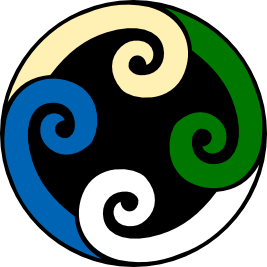BOED1
Section outline
-
Kia ora DEEP Outdoor Education students!
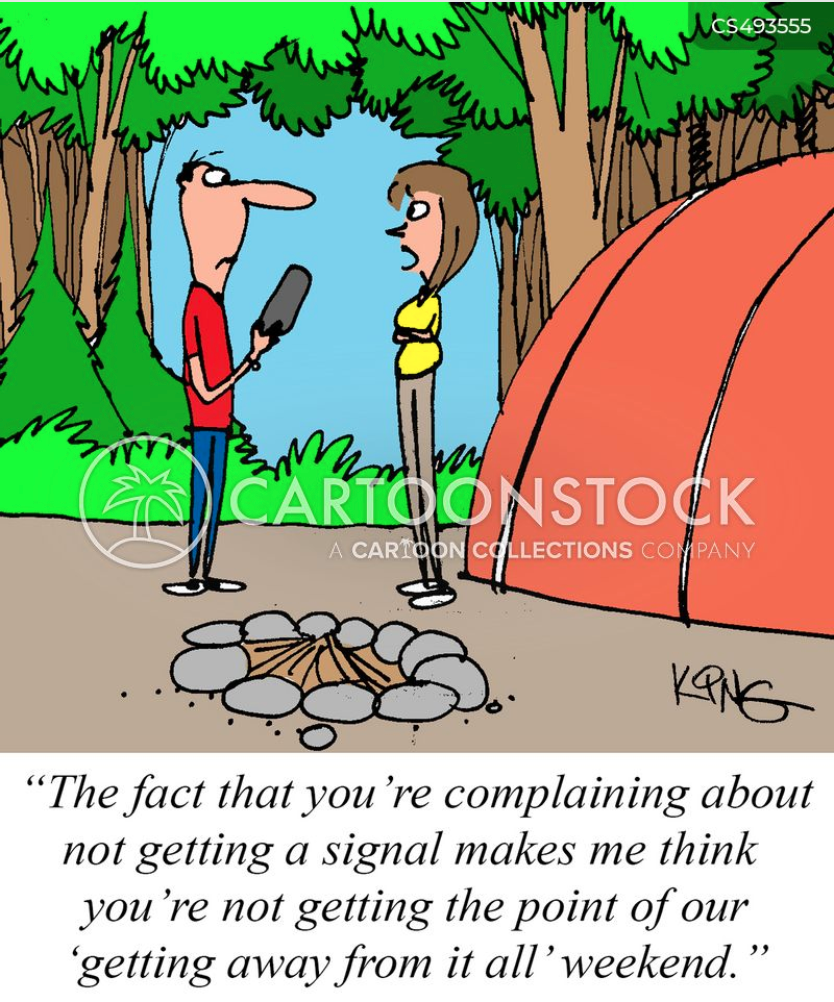
We have 10 sessions to learn about:
- Trip planning & risks,
- Weather,
- First Aid,
- Camp craft,
- Navigation,
- NZ outdoors,
- Environmental issues, etc.Please ask or email me if you have any questions
Mr Suckling :)
-
We'll watch parts of this video clip and use it to make notes on what we should do to reduce risk:
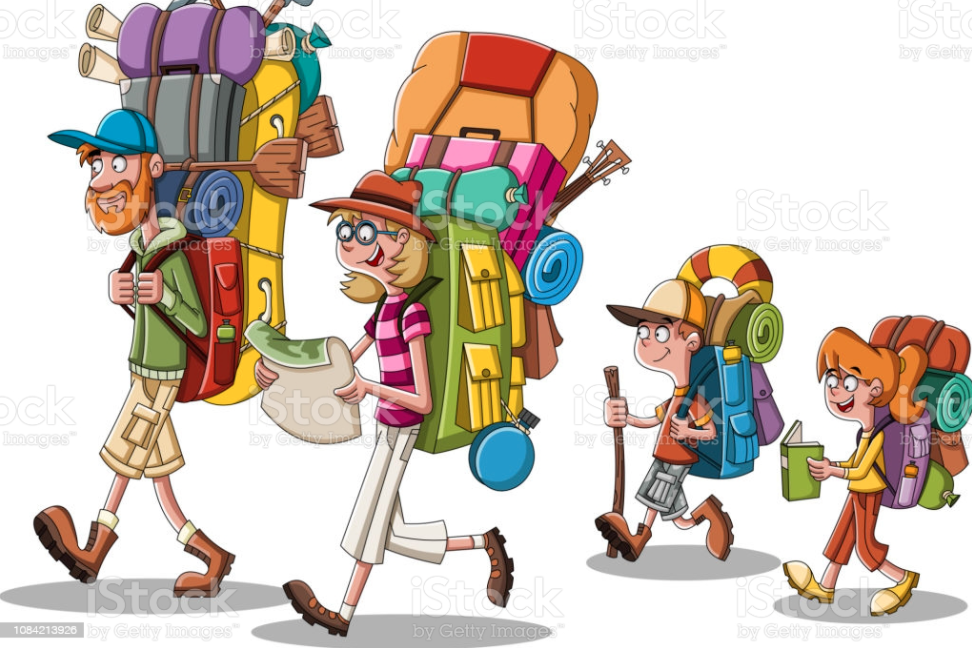
Before leaving on an adventure
During the trip, especially if we get lost, tired or injured and can't continue
After the trip, when we finish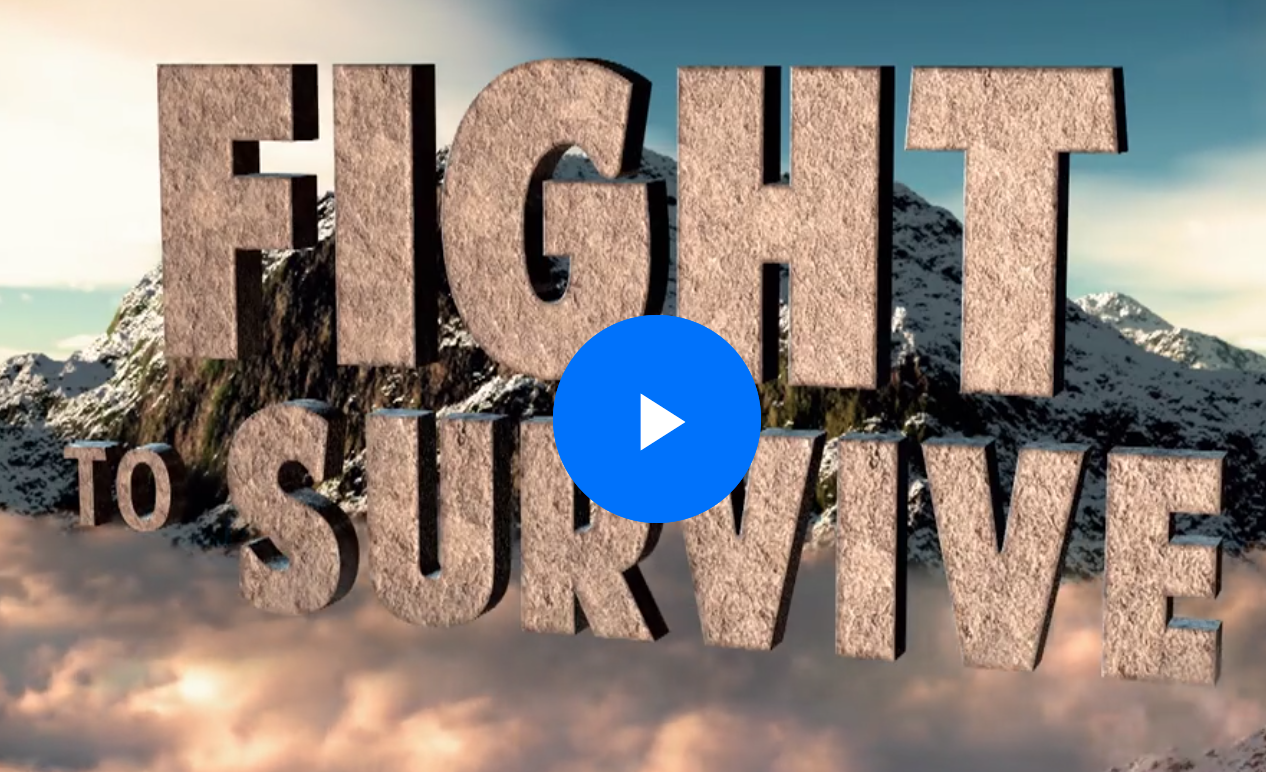
Video clip of Joe Baugardner who falls and breaks a leg (Fight to Survive, Season 3 Episode 4).
Parts (minutes): 6-10:30, 12-12:30, 14-14:25, 15-16:30, 17:18-18:50Before going on a trip, it's good to prepare a RAMS form.This stands for Risk Analysis Management System.It helps you make sure that you have thought of what might happen and what you need to keep safe.
Task on Google Classroom: "Planning a Trip so it's safe"
Here's a video by Ray Mears about surviving in the NZ outdoors.
As you watch the video, add to your notes on Joe Baugardner in the shared GDoc issued in GClassroom.
It outlines some mistakes made by a father & son on a tramping trip.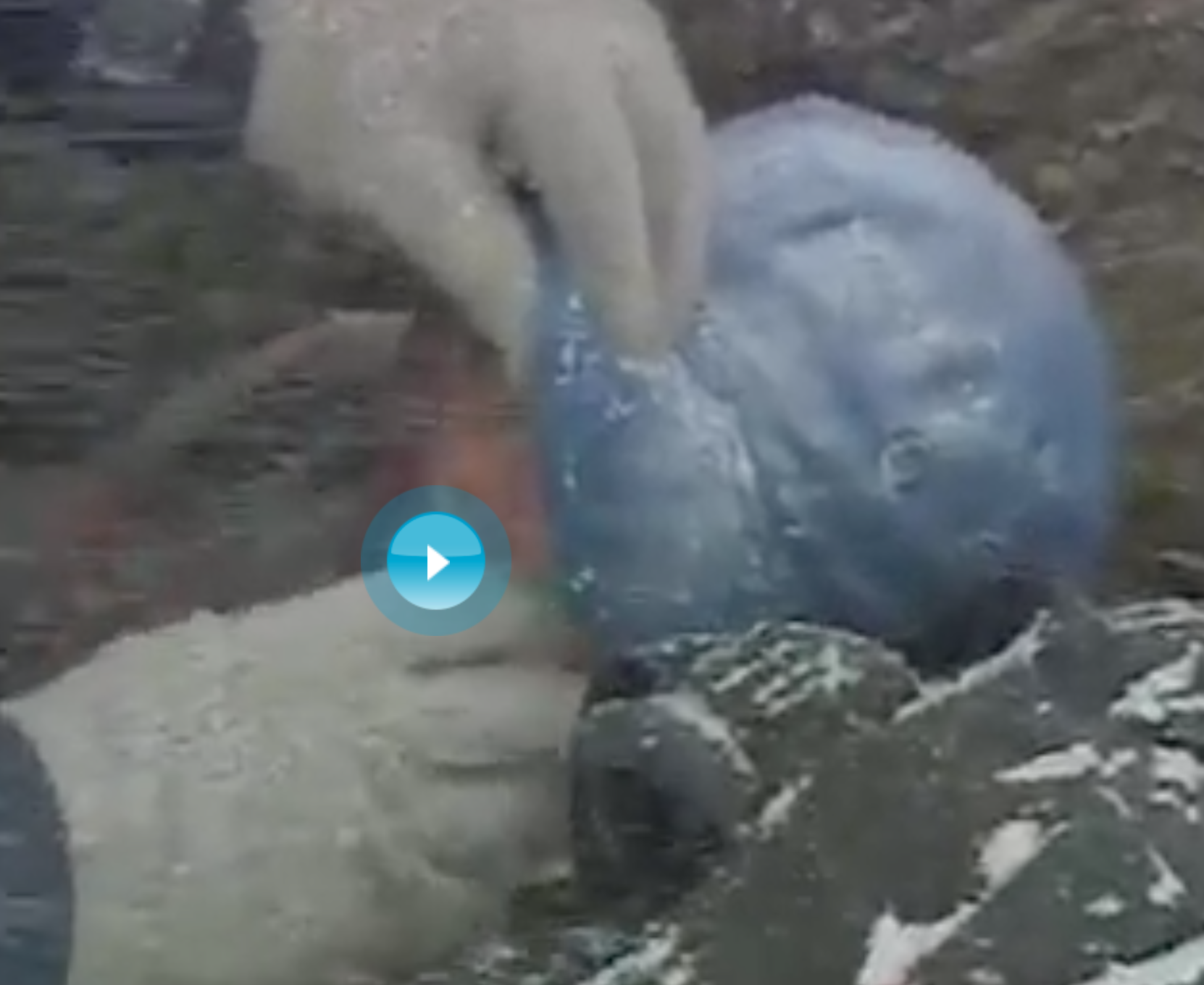
https://www.veoh.com/watch/v6336204t9Qxdwas
Extract (minutes) 2:16-8:05 -
Outdoors beyond NZ
Create a Google Doc to record information on the following activities.
Activity: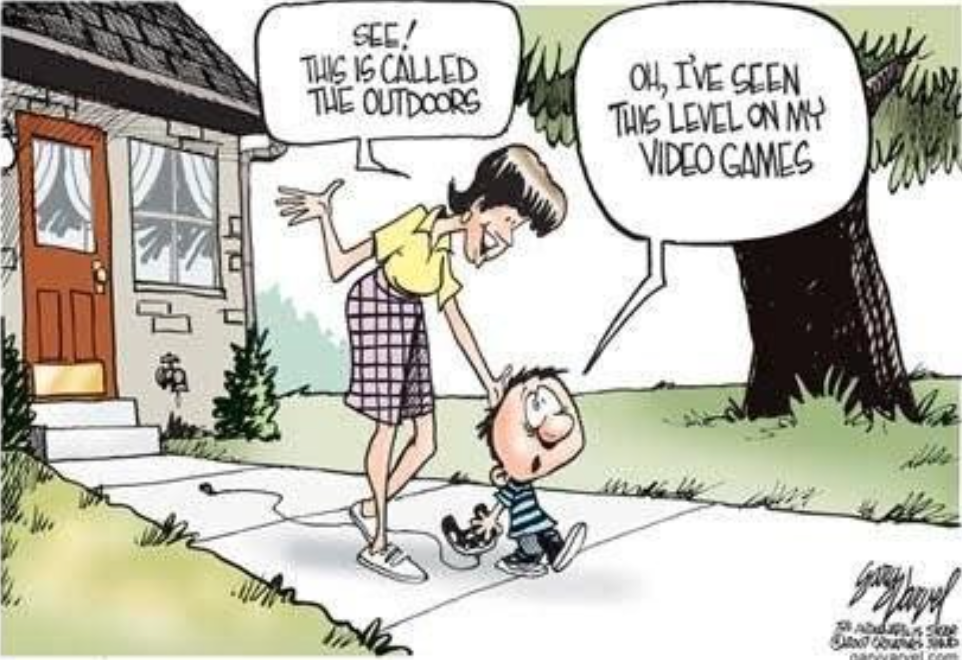
Watch these videos of extreme kayaking, solo climbing and mountain biking.
On Google Maps or Google Earth, find Yosemite National Park and the rock outcrop called El Capitan, that Alex Honnold climbed without ropes.
Activity:
Imagine that you were given $1 million to use for travel.
Make a list of places in the World that you'd like to visit and/or things that you'd like to do.
Then, find tour companies that offer these experiences and find out how much it might cost.
For example,
- sleep in an igloo and watch the Northern Lights (Aurora Borealis);
- trek across the Sahara desert on a camel
- swim with sharks
- climb Mount Everest
- etc
Outdoors in NZ
Activity:
Now think about New Zealand.
Find information about activities closer to home. For example:
- Where can you go cage diving with sharks?
- What's the highest waterfall that you can white water raft over? Where is it?
- Are there Marine Parks around NZ and can you scuba dive there?
- How much is it to stay in a Department of Conservation hut?
- How many 'Great Walks' are there in NZ - where are they and which one would you like to walk?
On Google Earth, try to trace the route of one of the 'Great Walks' (information on them is below)The Great Walks
-
This week, we'll use maps to locate 'control points' around the school.
 We may also do this in Tāne Forest.
We may also do this in Tāne Forest.
You may know that when this is done competitively, it's called orienteering.Things to learn:
- always 'orientate' the map
(turn it so the direction of objects on the map is the same as their direction from you on the ground).
- work out what the map symbols represent (eg building, stream, fence, path, bridge, etc)
- get used to the distances (objects on the map may be closer than you think!)
